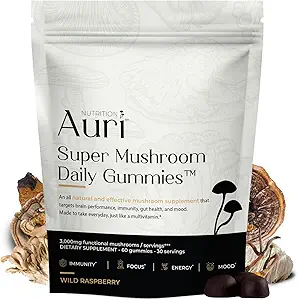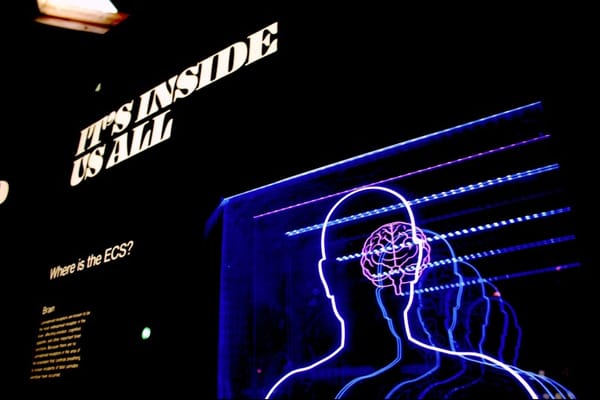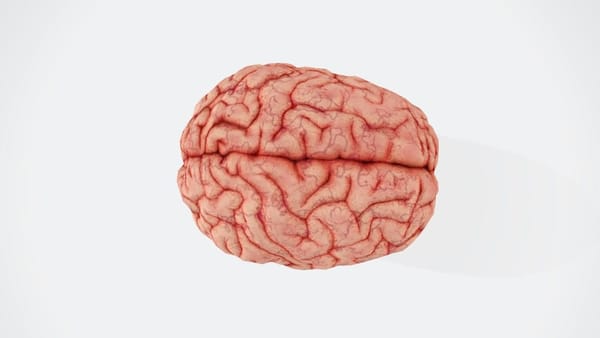Psilocybin mushrooms, commonly known as "magic mushrooms" or "shrooms," have gained attention for their psychoactive effects and potential therapeutic applications. Understanding how long these substances remain detectable in the body is crucial for both recreational users and researchers. This article explores the factors influencing the duration of psilocybin in the system and its detection window.

Key takeaways:
• Psilocybin's effects typically last 4-6 hours
• Most of the compound is eliminated within 24 hours
• Detection times vary based on dosage, metabolism, and test type
• Specialized tests can detect psilocybin for longer periods
How long does magic mushrooms stay in your system?
The duration of psilocybin in the body depends on several factors, including dosage, metabolism, and frequency of use. Generally, the acute effects of magic mushrooms last between 4-6 hours, with peak intensity occurring around 2-3 hours after ingestion[1]. However, the compound and its metabolites can remain in the system for a longer period.
Psilocybin is rapidly metabolized by the liver into psilocin, the active compound responsible for the psychedelic effects. The majority of psilocin is eliminated from the body within 24 hours, primarily through urine. However, trace amounts may be detectable for several days, depending on the individual and the type of drug test used.
How long does psychedelic mushrooms stay in your system?
The detection window for psychedelic mushrooms varies depending on the type of drug test employed:
- Urine tests: Psilocin and its metabolites can be detected in urine for up to 24 hours after use in most cases. However, some specialized tests may detect traces for up to 3 days in heavy users.
- Blood tests: Psilocybin and psilocin have a relatively short half-life in blood, typically becoming undetectable within 6-12 hours after ingestion.
- Hair follicle tests: While less common, hair follicle tests can potentially detect psilocybin use for up to 90 days. However, these tests are rarely used due to their high cost and the need for specialized equipment.
- Saliva tests: Currently, there are no reliable saliva tests for detecting psilocybin or psilocin.
It's important to note that standard drug tests, such as those used for employment screening, typically do not include psilocybin in their panel. Specialized tests are required to detect the presence of psilocybin and its metabolites.
Factors affecting detection time
Several factors can influence how long psilocybin remains detectable in the body:
- Dosage: Higher doses of psilocybin mushrooms may result in longer detection times.
- Frequency of use: Regular or heavy users may have detectable levels of psilocybin metabolites for longer periods compared to occasional users.
- Metabolism: Individual differences in metabolism can affect how quickly the body processes and eliminates psilocybin.
- Body composition: Factors such as body mass, hydration levels, and overall health can impact the elimination rate of psilocybin.
- Mushroom species: Different species of psilocybin-containing mushrooms may have varying concentrations of the active compounds, potentially affecting detection times.
Metabolism and elimination of psilocybin
Understanding the metabolism of psilocybin provides insight into its detection window. When ingested, psilocybin is quickly converted to psilocin by the enzyme alkaline phosphatase in the liver and intestines. Psilocin then undergoes further metabolism, primarily through glucuronidation, before being excreted in urine.
The half-life of psilocin in the body is approximately 50 minutes, meaning that half of the compound is eliminated within this time frame[2]. However, the complete elimination of psilocin and its metabolites can take longer, depending on individual factors and dosage.
Potential therapeutic applications and research implications
While psilocybin is classified as a Schedule I controlled substance in many countries, recent research has shown promising results for its potential therapeutic applications. Studies have explored the use of psilocybin in treating conditions such as depression, anxiety, and addiction[3].
Understanding the pharmacokinetics and detection window of psilocybin is crucial for researchers conducting clinical trials and developing potential therapeutic protocols. This knowledge helps ensure proper dosing, timing of assessments, and safety monitoring during studies.
Conclusion
The duration of psilocybin in the system varies depending on numerous factors, but generally, the compound and its metabolites are eliminated within 24 hours for most individuals. While specialized tests can detect psilocybin use for longer periods, standard drug tests typically do not screen for this substance.
As research into the potential therapeutic applications of psilocybin continues, a better understanding of its pharmacokinetics and detection windows will be essential for both clinical and regulatory purposes. However, it's important to remember that the recreational use of psilocybin mushrooms remains illegal in many jurisdictions and can carry significant legal and health risks.
For those interested in the science behind psychedelic compounds and their potential therapeutic applications, staying informed about ongoing research and clinical trials is crucial. As always, any consideration of psychedelic use should be done under the guidance of qualified healthcare professionals in appropriate, legal settings.
References:
- Johnson, M. W., Richards, W. A., & Griffiths, R. R. (2008). Human hallucinogen research: guidelines for safety. Journal of Psychopharmacology, 22(6), 603-620.
- Tylš, F., Páleníček, T., & Horáček, J. (2014). Psilocybin – summary of knowledge and new perspectives. European Neuropsychopharmacology, 24(3), 342-356.
- Hasler, F., Bourquin, D., Brenneisen, R., Bär, T., & Vollenweider, F. X. (1997). Determination of psilocin and 4-hydroxyindole-3-acetic acid in plasma by HPLC-ECD and pharmacokinetic profiles of oral and intravenous psilocybin in man. Pharmaceutica Acta Helvetiae, 72(3), 175-184.
- Passie, T., Seifert, J., Schneider, U., & Emrich, H. M. (2002). The pharmacology of psilocybin. Addiction Biology, 7(4), 357-364.
- Musshoff, F., Madea, B., & Kernbach-Wighton, G. (2009). Hallucinogenic mushrooms on the German market — simple instructions for examination and identification. Forensic Science International, 191(1-3), 6-13.
- Dinis-Oliveira, R. J. (2017). Metabolism of psilocybin and psilocin: clinical and forensic toxicological relevance. Drug Metabolism Reviews, 49(1), 84-91.
- Brown, R. T., Nicholas, C. R., Cozzi, N. V., Gassman, M. C., Cooper, K. M., Muller, D., ... & Thomas, C. D. (2017). Pharmacokinetics of escalating doses of oral psilocybin in healthy adults. Clinical Pharmacokinetics, 56(12), 1543-1554.
- Carhart-Harris, R. L., & Goodwin, G. M. (2017). The therapeutic potential of psychedelic drugs: past, present, and future. Neuropsychopharmacology, 42(11), 2105-2113.
Citations:
[1] https://www.medicalnewstoday.com/articles/how-long-do-shrooms-stay-in-your-system
[2] https://www.theedgetreatment.com/how-long-do-shrooms-stay-in-your-system/
[3] https://www.theedgetreatment.com/when-do-shrooms-kick-in-learn-more-about-psilocybin-mushrooms/
[4] https://recovered.org/hallucinogens/psilocybin/how-long-shrooms-stay-in-system
[5] https://www.healthline.com/health/how-long-do-shrooms-stay-in-your-system











Member discussion